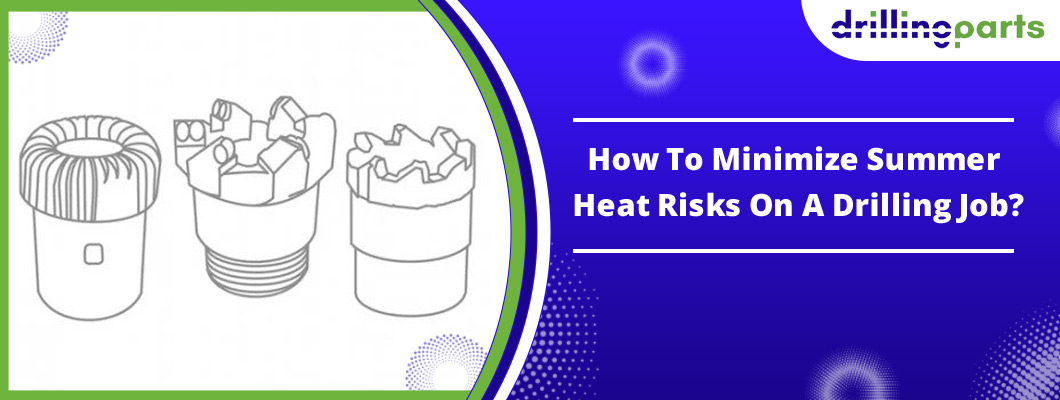
Drilling contractors, how often have you found yourself knee-deep in mud on a job site working your tail off in the summer sun? More than most, in my opinion. Take care of yourself. Don't experiment with heat stress.
According to OSHA, the most serious risks from heat exposure include heat stroke, heat exhaustion, cramps, and rashes. They also discuss occupational factors such as direct sun exposure, high temperatures and humidity, physical exertion, and bulky PPE. Do any of these sound familiar? Perhaps all of them as the summer progresses.
Of course, crew leaders and managers want to minimize risk while maximizing output. Isn't that the whole point of doing the job safely and getting paid? Well, "safely" entails periodic reminders to reduce those risks. Consider the following strategies:
Keep Hydrated: OSHA recommends drinking 32 ounces per hour on hot days. You could invest in a liter-sized water bottle and commit to refilling it every hour, and that is simple to recall. In Brock's video, he reminds drillers to avoid caffeinated and energy drinks, as they do not hydrate as well as water. Your hydration requirements may also increase depending on the type of drinks you drank the night before.
So, if you are looking for oilfield tools, DrillingParts is the perfect place to start with.
Seek Shade: We believe some states require shade and water breaks for people working outside in hot weather. As the temperature rises, take more frequent shade breaks. You should also locate the nearest A/C location. Perhaps it's the truck cab and perhaps a nearby structure. Sometimes you need to seek shade as well as get out of the sun.
Rest Frequently: It may appear to be counterproductive, but it is worth it for your and your crew's health.
Keep an eye on the heat index: Everyone has a weather app on their phone these days. Keep an eye on the heat index, but use the "index" temperature provided by an app as a guide. In direct sunlight, that temperature can drop by 15 degrees Fahrenheit. Consider establishing a heat index threshold for your crews.
Designate a heat point person: Someone should be in charge of ensuring that everyone else is safe (and make sure that person has the training needed to recognize heat-related illnesses). Remind everyone to drink water, get some water from the cooler, and distribute it. Temperatures should be monitored. In the field, keep an eye out for signs of heat exhaustion.
Driller readers understand how to reduce risks and assess hazards in different seasons. It can't hurt to remind people. Crew leaders can go over all of these tactics during morning toolbox talks. It only takes a minute to raise awareness or personally distribute the first water bottle of the day.
Stop for a second and think before rolling your eyes because you know your limits and would never work yourself into heat stroke. How many people deliberately set out to get heat stroke? Zero. Every year, thousands of workers in the United States become ill as a result of heat exposure. I'm sure none of them meant to. They all made a decision based on safety and production (whatever their industry's "product" is, from drilled feet to shingled roofs). The problem is that working in the heat for long periods of time with sweat dripping down from a hard hat can impair judgment. Your andyour crew's health and safety are at stake. If you haven't already, educate yourself on the risks. Educate your teams. Hydrate. Rest. Keep your cool. Keep an eye on
Drillers, have a great summer and stay safe out there.
Looking for oilfield pump parts? How about you visit our website and kickstart your search?

Leave a Comment